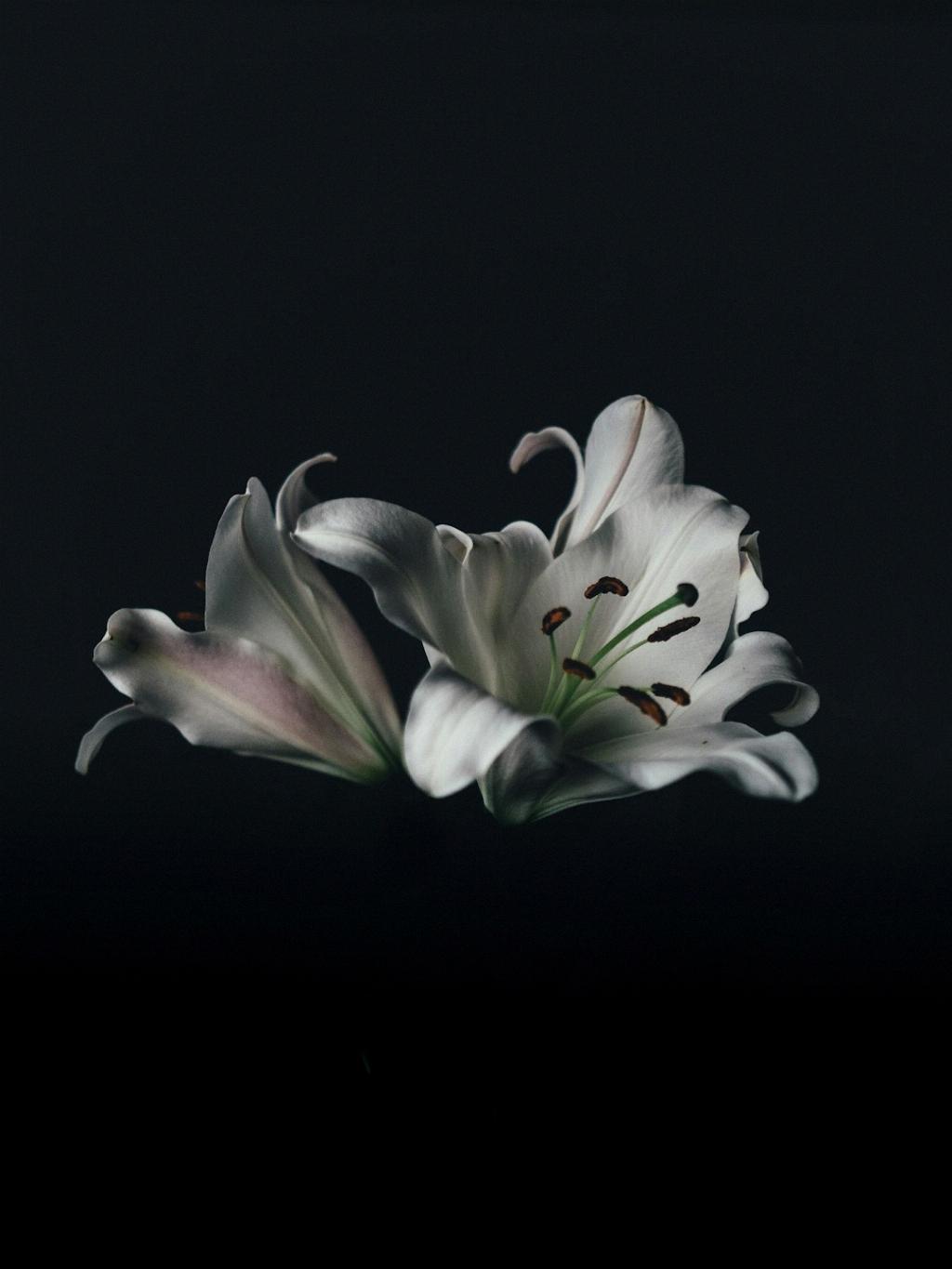Peace lilies are known for being popular indoor plants, but did you know that they can also thrive outside in certain conditions? If you live in zones 10 to 12, you have the opportunity to grow these beautiful plants in an outdoor setting. While they are commonly grown indoors, peace lilies can adapt well to outdoor environments if the necessary care is provided.
Choosing the Right Location
When considering growing peace lilies outside, it is essential to choose the right location. Opt for a shady spot that receives filtered sunlight and is sheltered from direct sun exposure. Peace lilies prefer indirect light and do well in areas with a good amount of ambient light, making them ideal for shaded garden beds or under trees.
Soil and Moisture Requirements
Peace lilies thrive in soil that is consistently slightly moist. When planting them outside, ensure that the soil is well-draining to prevent waterlogging, which can lead to root rot. Adding organic matter to the soil can help improve drainage and provide essential nutrients for the plant’s growth.
Temperature Tolerance
Peace lilies are sensitive to cold temperatures, so it is crucial to consider the climate of your region before transitioning them outdoors. In zones 10 to 12, where temperatures remain mild throughout the year, peace lilies can flourish outside without the risk of being exposed to frost or extreme cold.
Watering and Maintenance
Regular watering is key to keeping peace lilies healthy when grown outside. Monitor the soil moisture and water when the top inch of soil feels dry to the touch. During hot summer months, you may need to water more frequently to ensure that the plant’s moisture needs are met.
Fertilization and Nutrient Requirements
While peace lilies are not heavy feeders, providing them with a balanced fertilizer during the growing season can promote healthy growth and blooming. Look for a water-soluble fertilizer formulated for flowering plants and apply it according to the manufacturer’s instructions to prevent over-fertilization.
Protection from Pests and Diseases
When growing peace lilies outside, be mindful of potential pest infestations and diseases that can affect the plant. Keep an eye out for common pests like spider mites and aphids, and take preventive measures such as regular inspection and treatment with insecticidal soap if necessary.
Container Gardening Option
If you live in a region with colder winters or limited outdoor space, consider growing peace lilies in containers that can be moved indoors during inclement weather. Select a well-draining pot with drainage holes and maintain a regular watering schedule to keep the plant thriving.
Pruning and Deadheading
To promote healthy growth and flowering, it is recommended to prune peace lilies regularly. Remove any yellow or brown leaves, spent blooms, and faded flowers to encourage new growth and prevent the plant from diverting energy to non-essential parts.
Propagation Techniques
If you wish to expand your collection of peace lilies, consider propagating them through division or by collecting and planting seeds. Division can be done when repotting the plant, while seed propagation requires careful attention to germination conditions and nurturing young seedlings.
Conclusion
In conclusion, peace lilies have the potential to thrive outside in suitable growing conditions. By selecting the right location, providing proper care in terms of watering, fertilization, and pest control, you can enjoy the beauty of peace lilies in your outdoor space. Whether planted directly in the ground or in containers, these resilient plants can add a touch of elegance to your garden or patio.

